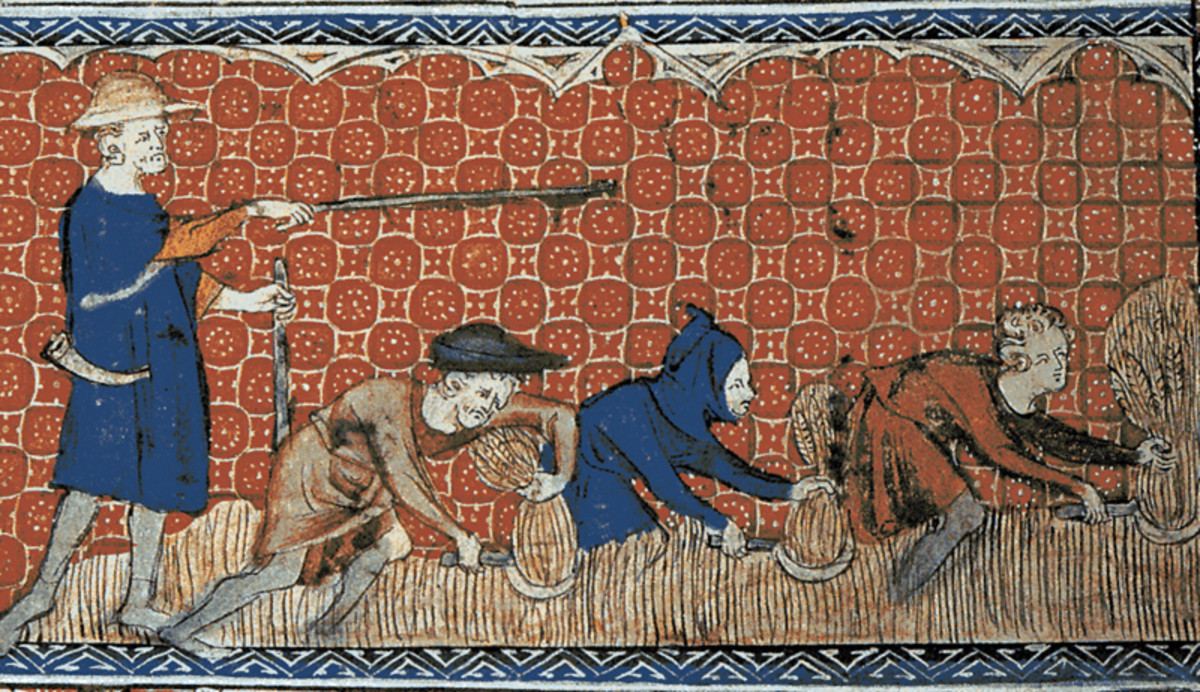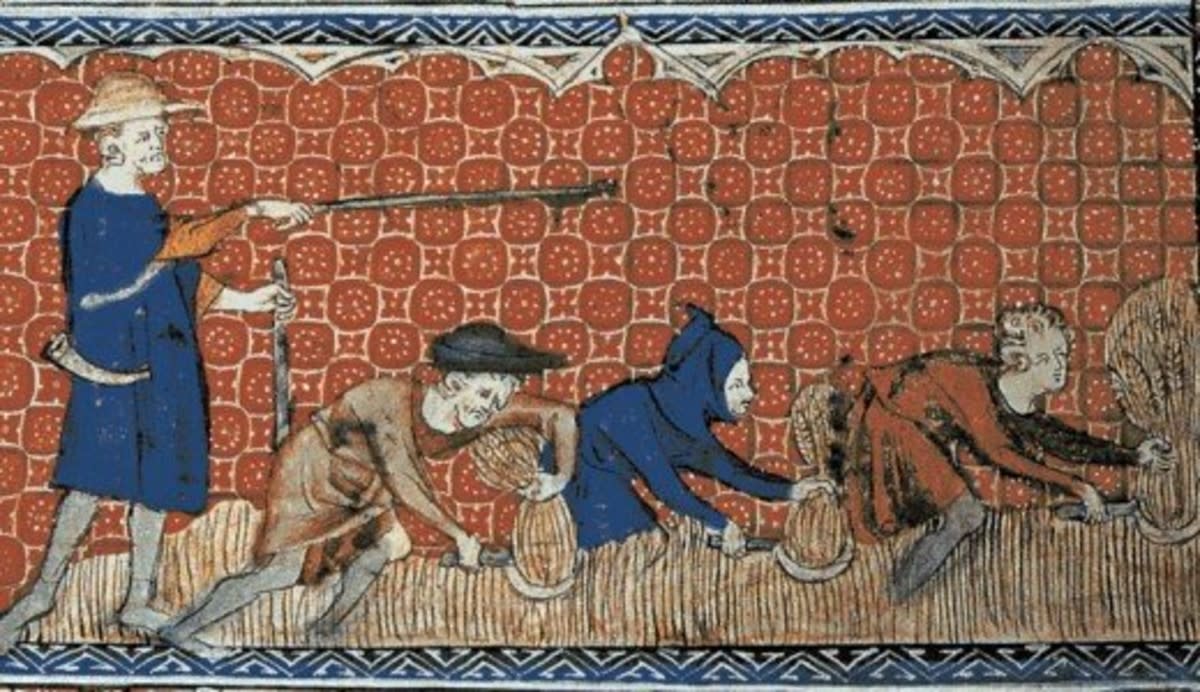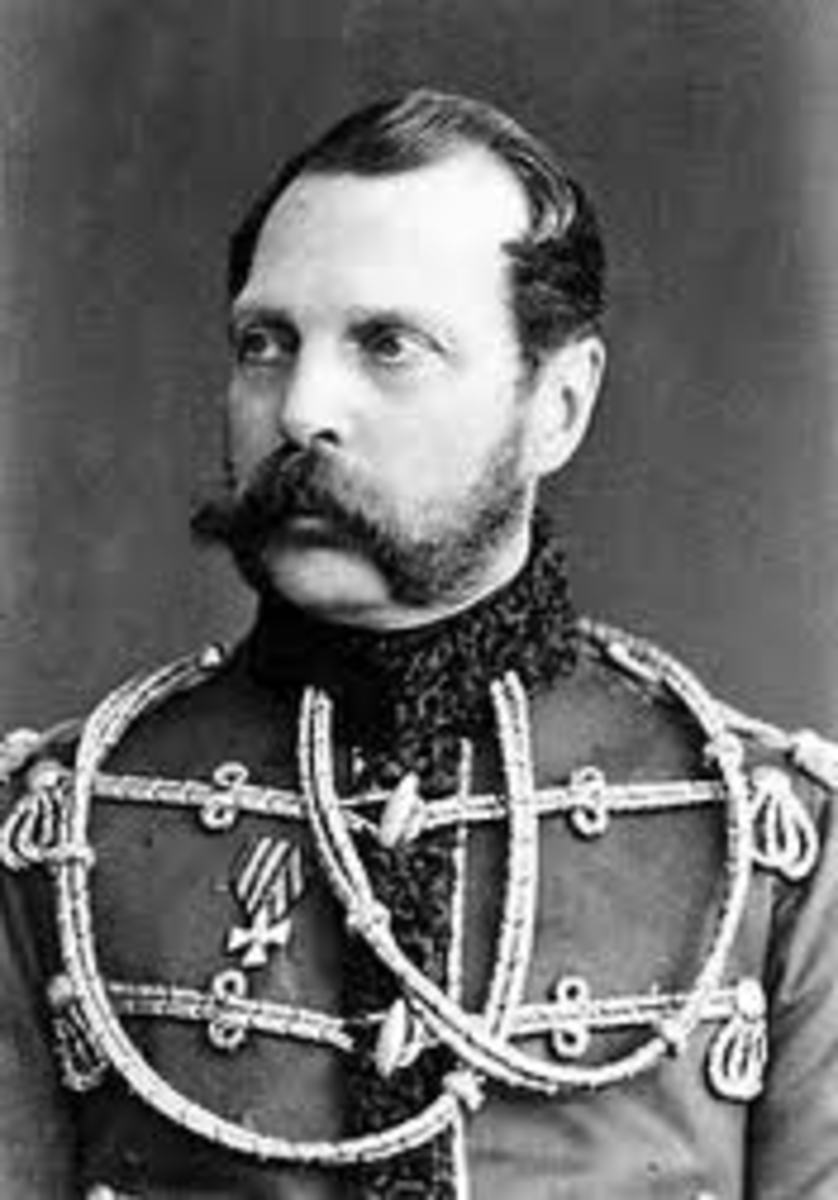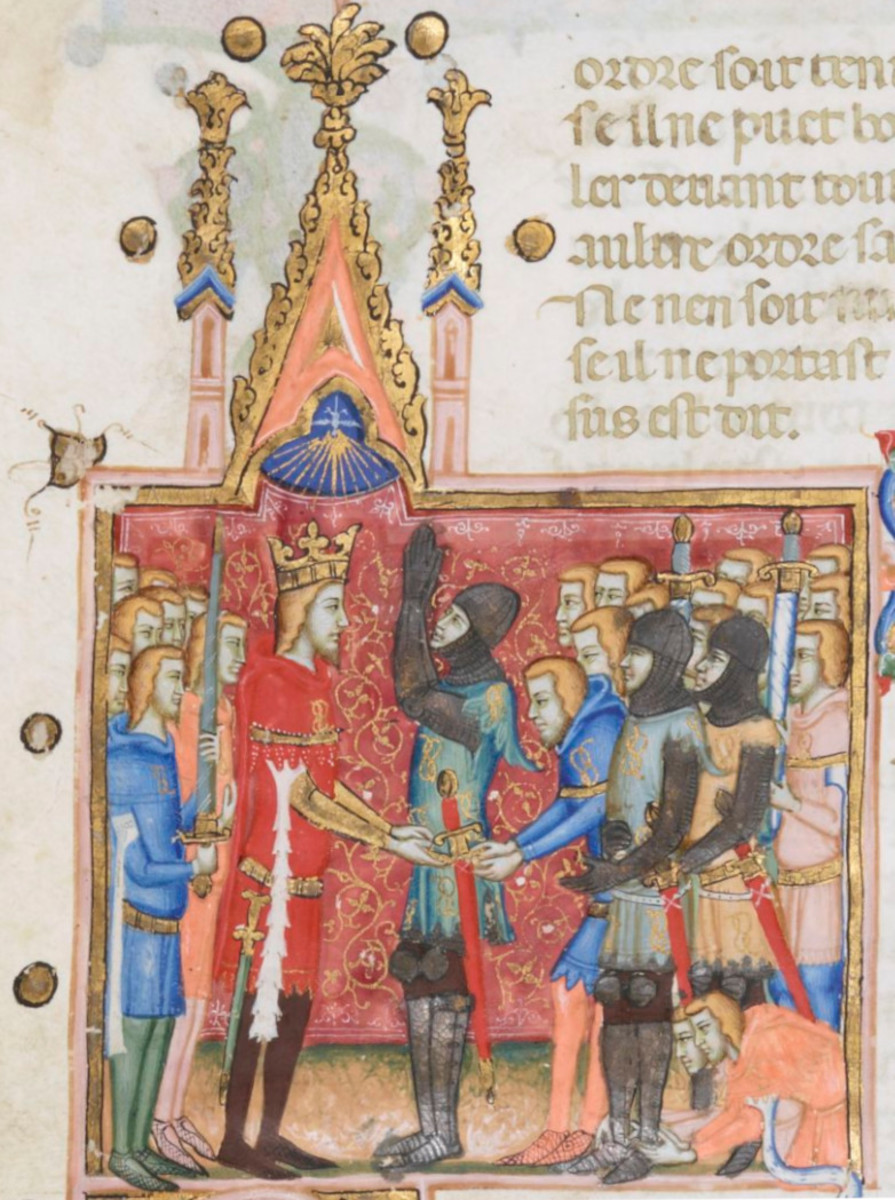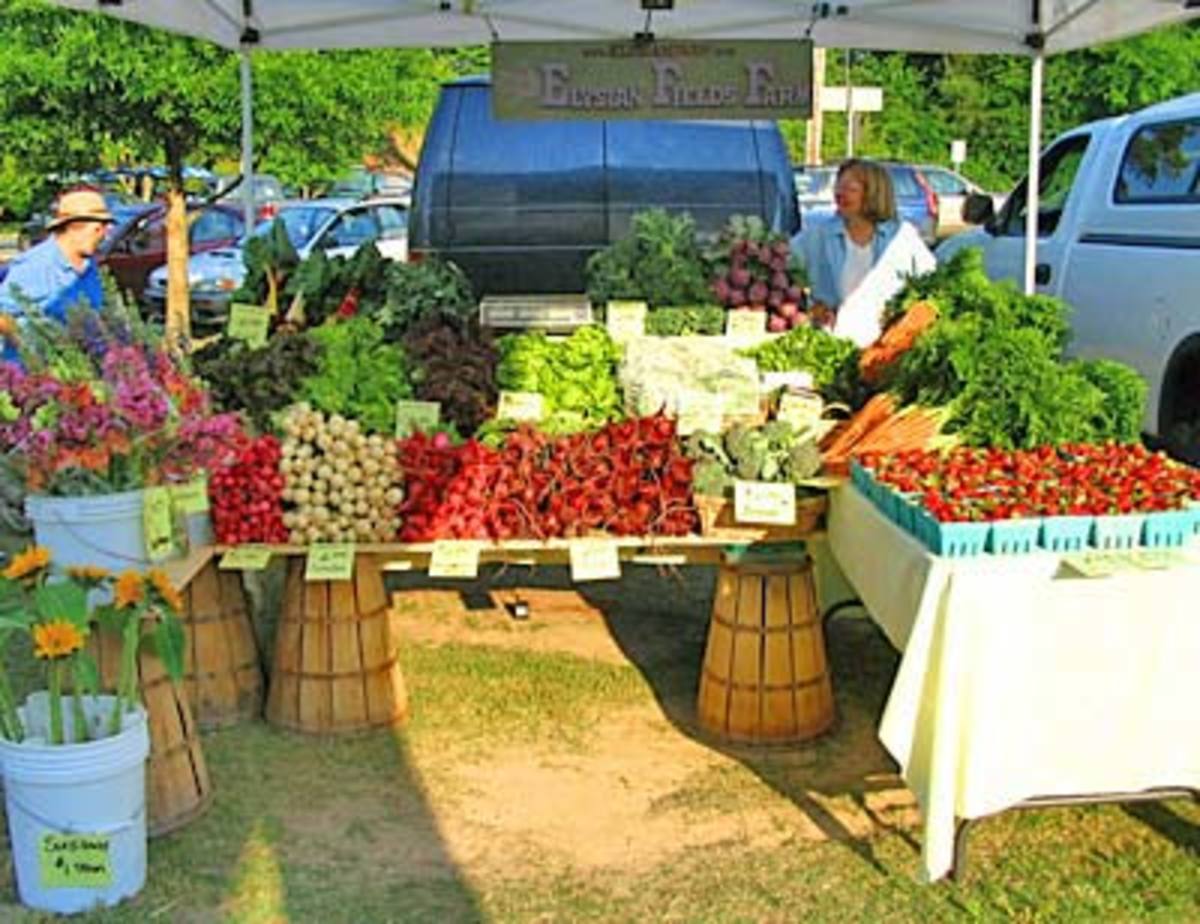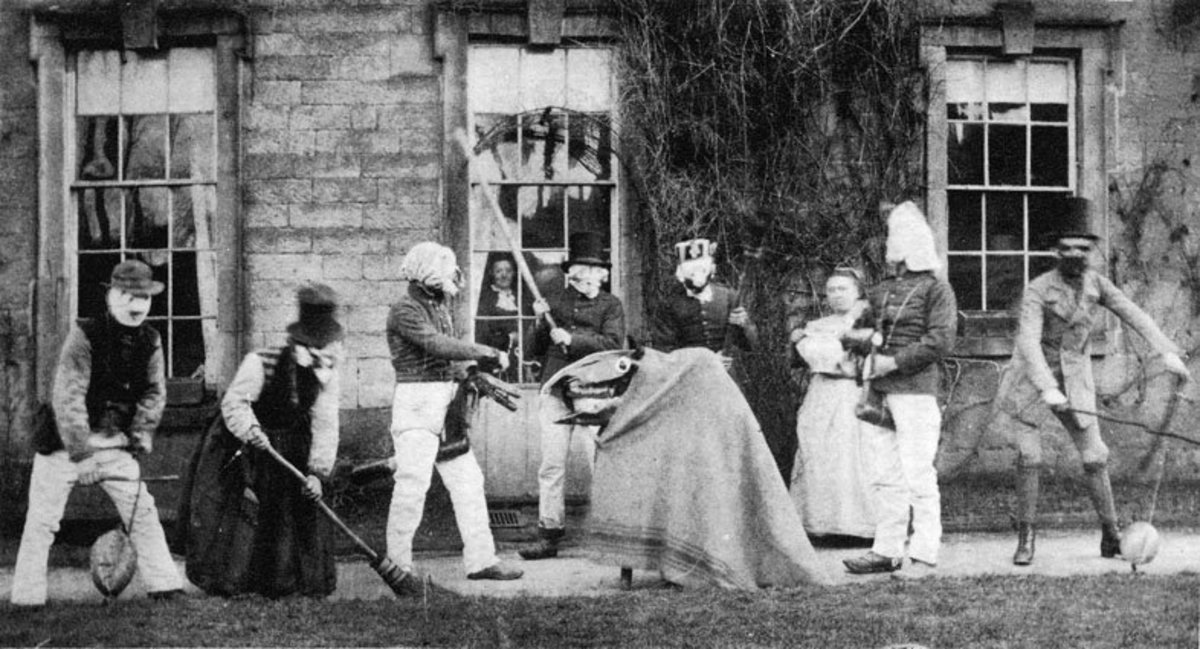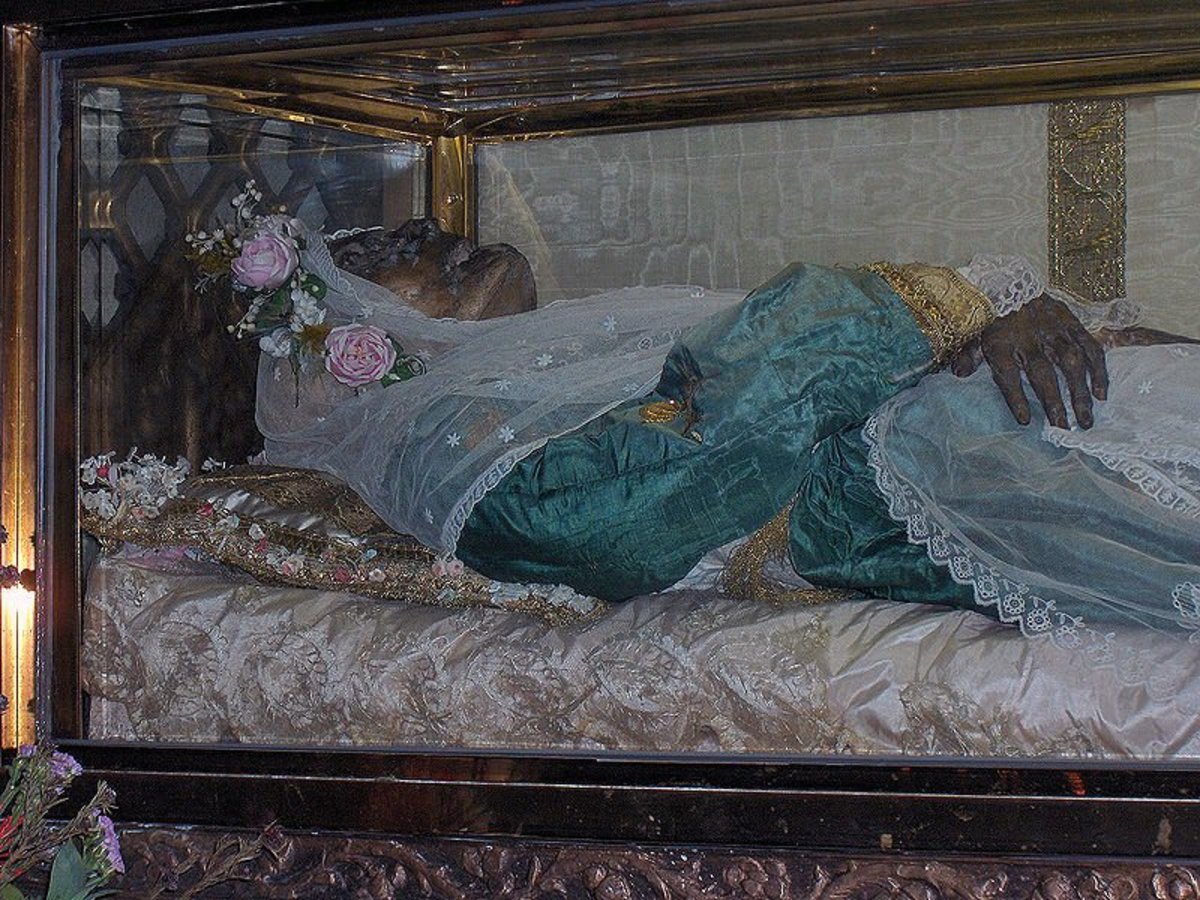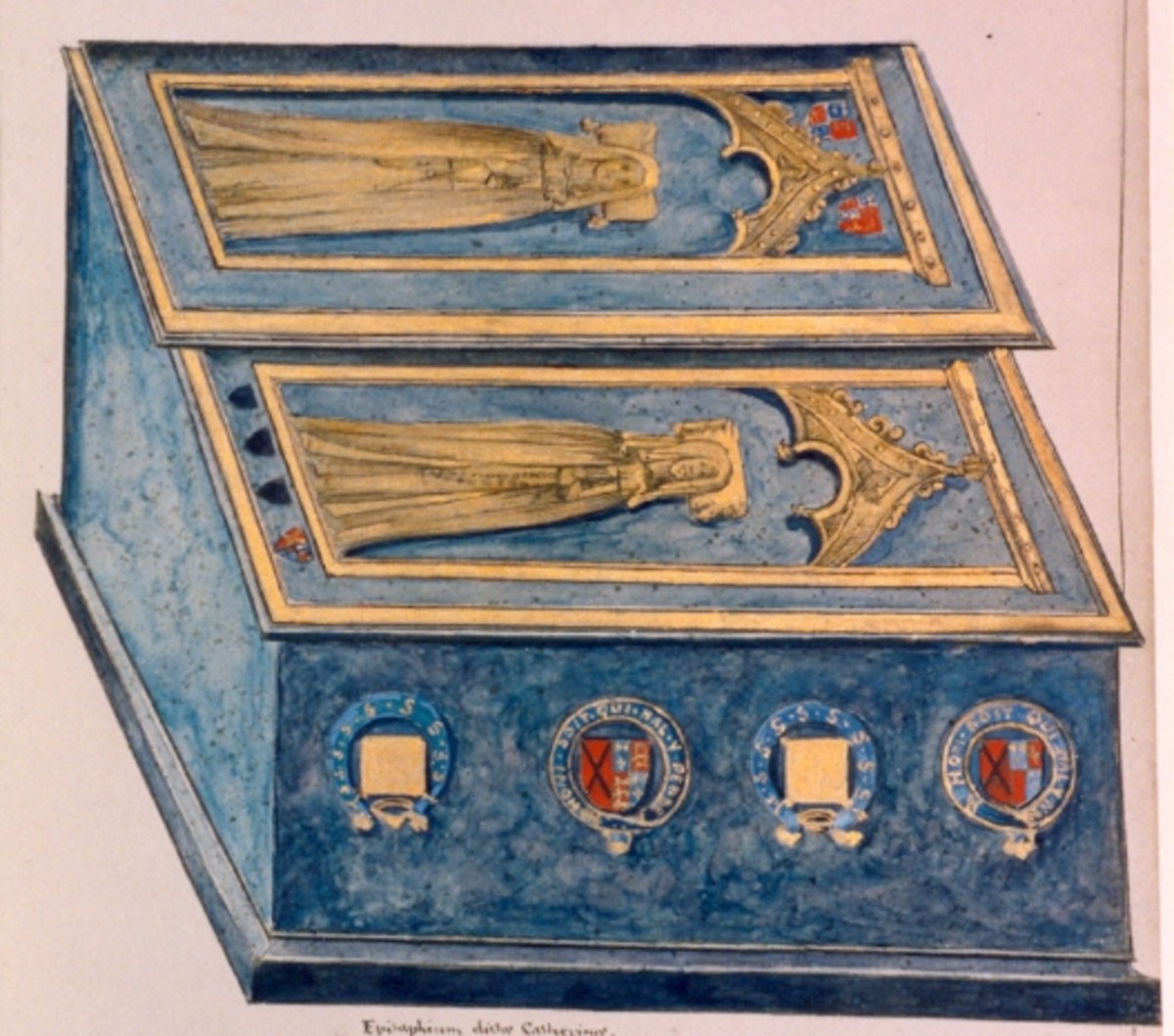What You May Not Know About Feudalism
A possible Feudalism Castle from the Middle Ages

What You May Not Know About Feudalism
When regional leaders attempted to control their land during a time of weak monarchy, a structure that was decentralized, known as feudalism was exercised. Feudalism is often referred to as the political system of Medieval Times in Europe that was composed of military and legal obligations to the nobility. Lords, fiefs and vassals were the three parts of the feudalism equation. The term can be used to describe many situations, past and present which has ultimately resulted in a lost meaning of the word making political theorists and historians to reject it when used as a term to understand society.
Feudalism is not technically a medieval term but rather a 16th century invention that English and French lawyers used in order to describe obligations that were made between warrior aristocracy members.
System of Feudalism
Primary Elements
Lords, fiefs and vassals are the three components making up the term feudalism. The noble person that owned the land was the lord and the person who was given land from the lord was the vassal. The land was the fief. When a lord granted land to a vassal, the vassal in return would be required to provide the lord with military and other services. This was the base of feudalism.
A person had to be made a vassal first before a lord could grant them land. A symbolic ceremony known as a “Commendation Ceremony” was used where the lord and vassal created a contract where the vassal would have to vow to fight for the lord when commanded. Once this ceremony was complete, they were considered to be in a feudal relationship.
The vassal needed to provide military aid by using revenues that were generated from his fief. They were also often required to grind their own wheat as well as bake their own bread in oven and mills that were taxed by the lord.
Technically speaking, there were also levels of lords. A king was a primary lord who loaned pieces of land to aristocrats who essentially were the king's vassals but then they were also lords themselves as they loaned land to knights. The knights were the lords to the peasants. This universal monarchy formed the basis of world order and imperial alliance.
Feudal Line Up
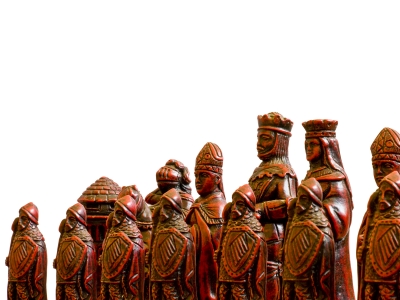
Serfs
The lord gave more than land to his vassals, they were essentially estates that could include houses, tools, barns, animals and peasants or serfs. The serfs were bound to whatever land they were designated to. If a lord sold a piece of land, the serf was considered an accessory. They essentially were slaves.
A village of serfs generally were filled with anywhere from 10 to 60 families and their furnishings consisted of a few stools, plank table and a chest. Each family had their own small vegetable garden. Half of their time was filled working for their lord by cutting wood, tending to the fields, hauling water, repairing buildings, weaving, spinning and waiting on the lord's family. Male serfs were also expected to fight in the event of a war. Additionally, they had to give their lord items such as wheat, chicken, lamb and various other animals to pay taxes.
Feudalism in Europe
Feudal Justice
Feudalism was also the system used for local justice. Knights, dukes and barons had separate courts from the king. Until a case was decided upon the plaintiff and the defendant were treated equally and both imprisoned.
Court cases did not allow for witnesses or testimonies but solely on the words of the accused defending themselves. If the accused could not clear himself then he would bring “oath-helpers” that were neighbors or family that would swear he was telling the truth.
This method became unsatisfactory as evil men with enough friends willing to commit perjury would result in him going free. However, an oath was essentially an appeal to God and if he was lying he would bring divine punishment upon himself.
False oaths started to be tested by torture such as fire. The accused person would be required to either walk across fire, put his hand in fire or carry a hot iron for a designated distance. If his wounds healed within three days then he was considered innocent.
The Judicial Duel was another trial form in which the accused and accuser would fight each other and the winner won the case. It was believed that God would cause the innocent party to be victorious.
Feudalism Divided Lands
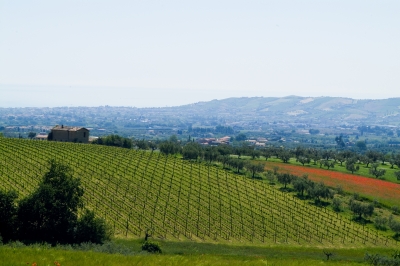
Manorialism
The economic part of feudalism was represented by manorialism meaning that every part of life centered around the lord's manor, including farmland, church, mill and village. It encompassed the relationship between the lord and his peasants on a political level. This gave the lord legal and economic power over those beneath him.
Under the manorialism system, the lord had the right to require his vassals to use his oven and mill which required fee. He also had the right to draw up cases against vassals that resulted in payment of fines to generate himself more revenue. Additionally, if a vassal died, he claimed their goods, not their family or heir.
Decline Of Feudalism
The feudalism system was used for hundreds of years. The decline of it was due to events that occurred in the beginning of the Middle Ages. During this era, England began to move toward a money based rather than land based economy. The Black Plague killed off almost half of Europe's population and after this disease was over, towns began to grow. Peasants could move into towns and finally were able to buy their own freedom. Land was rented instead of loaned and military men were paid an income financed by taxes. As the noble people became weaker, the king took their land back and a centralized form of government was established.
Feudalism had a devastating effect on Europe and the pyramid power left no one with any real rights and affected every sphere of society with an unfair way of life.


